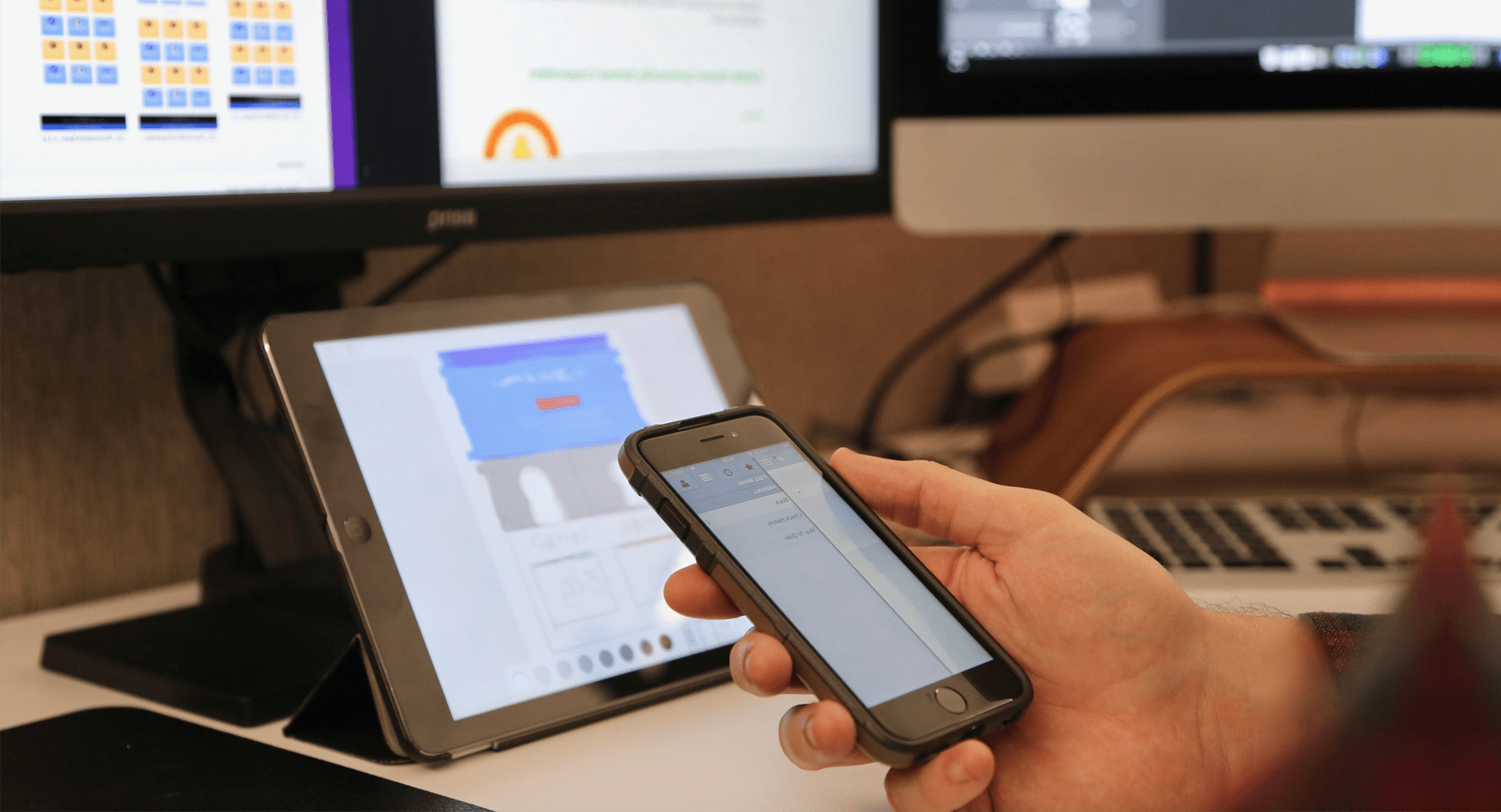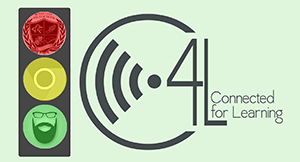
There’s no denying tech skills can give kids a leg up in the world of college and career.
But despite the benefits, too much tech use is contributing to serious health and psychological concerns, leaving leaders with the tough task of drawing a line between access and obsession. Let’s take a closer look at the impacts of too much tech use and explore 3 steps district tech leaders can take toward a more balanced approach to technology.
Too Much Tech?
Technology has permeated almost every area of kids’ lives, and when it’s used purposefully, that can be a good thing. New technologies help kids take control of their education in ways never before possible, like taking responsibility for their own attendance or overcoming the barriers of a disability.But I think we can agree that there is such a thing as too much tech. Tweens and teens average 6 to 8 hours of entertainment media use each day, which does not count time spent at school or for homework. Some tech directors have major concerns about the impact of excessive screen time, incessant notifications, and constant connectivity. What is all this tech doing to our kids’ health and wellbeing?
Spending most of the day in front of a screen negatively affects health in almost every way. Physical effects range from weight gain to headaches to eye strain, and the social and emotional impacts are severe, too. “Hypernetworking” teens – those who spend more than three hours per school day on social networking sites – show higher rates of depression, substance abuse, poor sleep, stress, poor academics, and suicide.
Combining too much tech use with other unhealthy habits is even more dangerous. When students experience a lack of sleep, a sedentary lifestyle, and excessive media exposure, they have a higher risk of depression, anxiety, and suicide – three situations traditionally associated with more observable behaviors like excessive drinking, illegal drug use, or heavy smoking.
3 Steps for Tech Leaders
For decades, the CTO’s task of leading districtwide technology integration has come down to essentially one thing: more.But more access, more devices, and more connectivity has left us unsure about how having access to so much technology is affecting our kids. Constantly shifting recommendations on tech use and rapidly changing societal norms make it difficult for schools to set and maintain healthy boundaries – and going cold turkey isn’t the answer.
Sherry Turkle, a social psychology professor at MIT, defines the goal: “I am not planning to give up my phone. I just need to know what it is good for.” These three steps can help:
1. Gather data.
Start by gathering data about how your students use technology. Your study might focus on one specific problem – say, too much texting in class – or it might help you gain insight into overall tech use.Glenbrook High Schools District 225’s Gradebook Impact Study is a helpful example. Through a four-week study, the district is seeking insight into how the gradebook is being used by all stakeholders, with the goal of creating better learning conditions for students. GHSD 225 will restrict gradebook access during school hours for the duration of the study and gather data to assess the impact of gradebook access on student wellness during the school day.
2. Reflect and model.
After you’ve gathered data, reconvene with student, staff, parent, and community focus groups to review your findings and define next steps. What changes could you make that would have the biggest impact on student health and wellbeing? What is the role of technology in your district? How would you like that role to change?As a tech leader, this is also a chance to examine your own habits and ensure you and your staff are modeling healthy and balanced relationships with technology. Do you make it a priority to interact with students in person? Do you take time during the day to unplug? Do you go out of your way to share the “why” when rolling out new technology?
3. Find the middle ground.
Technology use shouldn’t be an all-or-nothing issue. Edtech that has been designed with the user in mind gives you options. You should be able to define limits for your technology while still granting sufficient access for your students’ academic goals. Whether that means limiting or removing gradebook access during certain hours or restricting access to devices for certain students, there is a middle ground where tech doesn’t take over.The technology available to students today is nothing short of amazing. As access becomes easier, student health and wellbeing must remain the top priority, far above any tech integration initiative. Invite your community to help decide how much tech is the right amount of tech.
When tech is used purposefully, it’s a game changer. Check out this article to see how technology is transforming special education.
WHAT'S NEXT FOR YOUR EDTECH? The right combo of tools & support retains staff and serves students better. We'd love to help. Visit skyward.com/get-started to learn more.

|
Advancing K12 Staff Edtech Thought Leaders |




